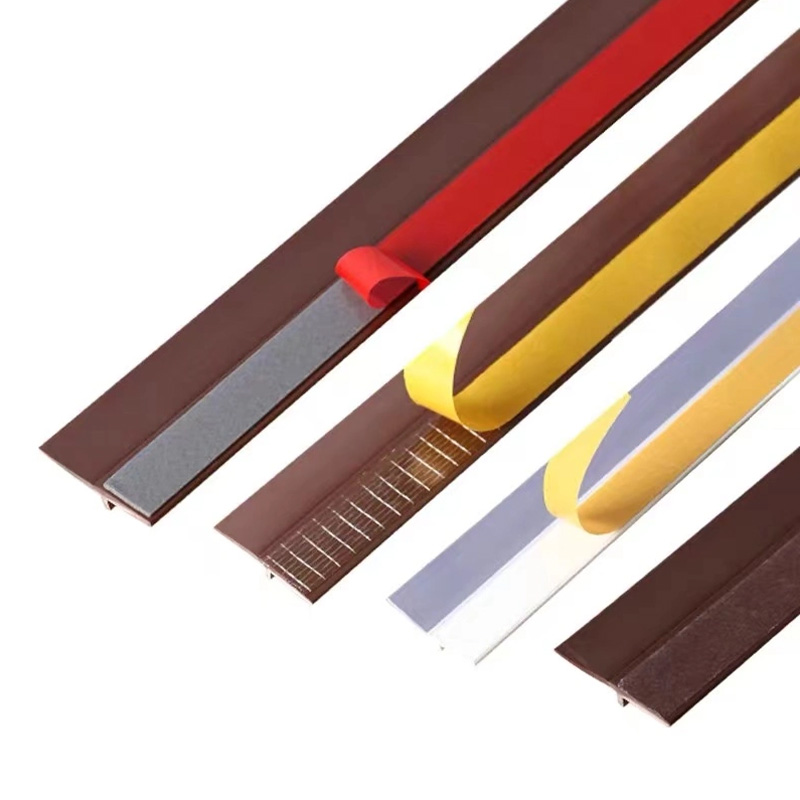aluminium guide roller
The Importance of Aluminium Guide Rollers in Industry
Aluminium guide rollers are essential components in various industries, serving as crucial elements in material handling systems, conveyor belts, and automated machinery. Their lightweight, corrosion-resistant properties make them ideal for applications where durability and efficiency are paramount. This article discusses the significance of aluminium guide rollers, their advantages, and their various applications.
Advantages of Aluminium Guide Rollers
One of the primary benefits of using aluminium for guide rollers is its low density. Compared to traditional steel rollers, aluminium rollers are significantly lighter, which can reduce the overall weight of machinery and systems. This reduced weight leads to lower energy consumption, making systems more efficient and cost-effective.
Furthermore, aluminium is inherently resistant to rust and corrosion, especially when treated with protective coatings. This makes aluminium guide rollers suitable for environments that are exposed to moisture, chemicals, or extreme temperatures. For industries such as food processing and pharmaceuticals, where cleanliness is crucial, the non-reactive nature of aluminium aids in maintaining hygiene standards.
The design flexibility of aluminium also contributes to its popularity. Aluminium can be easily machined, molded, or extruded into various shapes and sizes, enabling manufacturers to create custom solutions tailored to specific applications. This adaptability is particularly beneficial in industries that require precision engineering and exact specifications.
Applications of Aluminium Guide Rollers
aluminium guide roller

Aluminium guide rollers are used across a wide range of industries. In manufacturing, they play a vital role in conveyor systems that transport materials and products through production lines. The smooth operation of these rollers minimizes wear and tear on equipment, enhancing productivity and reducing maintenance costs.
In the printing and packaging sectors, aluminium guide rollers help ensure the accurate alignment of materials during processing. Since these industries often rely on high-speed machinery, the lightweight nature of aluminium rollers can boost overall system speeds without compromising stability.
The automotive industry also benefits significantly from aluminium guide rollers. They are employed in various applications, from assembly lines to automated guided vehicles (AGVs) that transport parts and components throughout manufacturing plants. The use of aluminium helps manufacturers reduce vehicle weight while maintaining functionality—a crucial factor in the pursuit of fuel efficiency and lower emissions.
Moreover, in the construction and architectural sectors, aluminium guide rollers are utilized in curtain wall systems and other façade applications. Their aesthetic appeal and structural integrity make them an attractive choice for both functionality and design.
Conclusion
In conclusion, aluminium guide rollers play a pivotal role across numerous industries, thanks to their lightweight, corrosion-resistant properties and versatility. As industries continue to prioritize efficiency and reliability, the demand for high-quality aluminium components, including guide rollers, is expected to grow. By investing in advanced materials like aluminium, companies can enhance their operational efficiency, reduce costs, and contribute to sustainable practices in their respective fields. As technology advances, the innovations surrounding aluminium guide rollers are likely to lead to even more specialized applications and improvements in design and functionality.
Share
-
The Best Lubricants for Aluminum Roller GuidesNewsJul.23,2025
-
Slitting Machine Applications in the Packaging IndustryNewsJul.23,2025
-
Rolling Roller Balancing Techniques for Smooth OperationNewsJul.23,2025
-
How To Optimize An EV Battery Assembly LineNewsJul.23,2025
-
Energy Efficiency in Modern Battery Formation EquipmentNewsJul.23,2025
-
Automation Trends in Pouch Cell Assembly EquipmentNewsJul.23,2025







